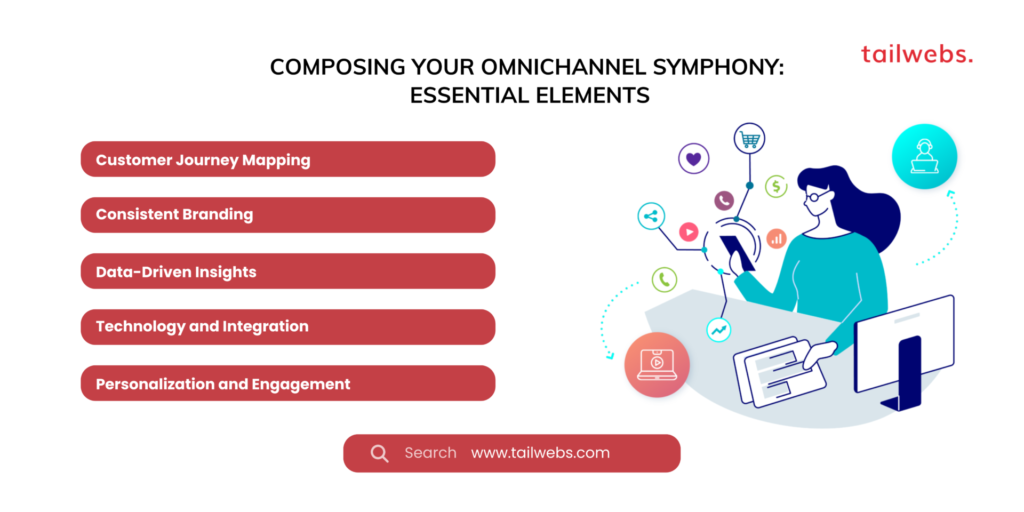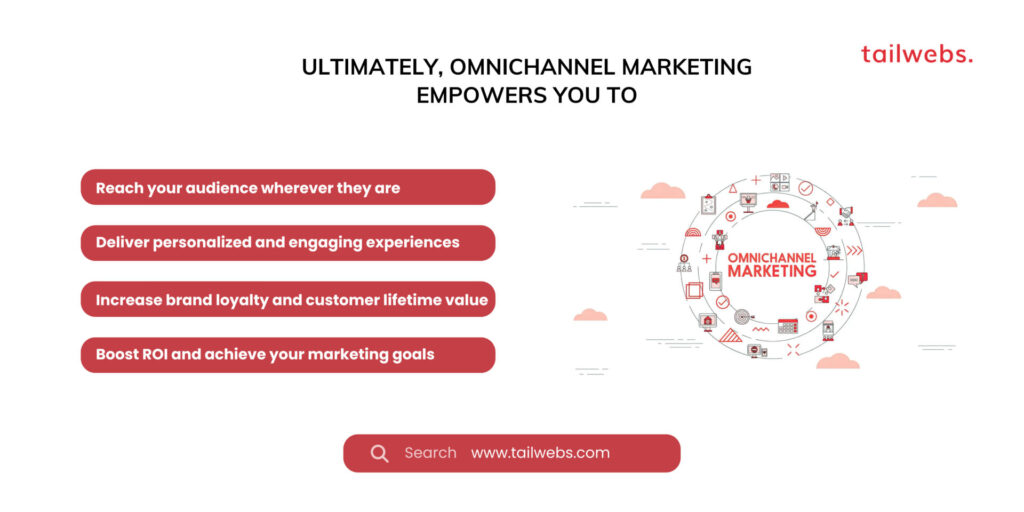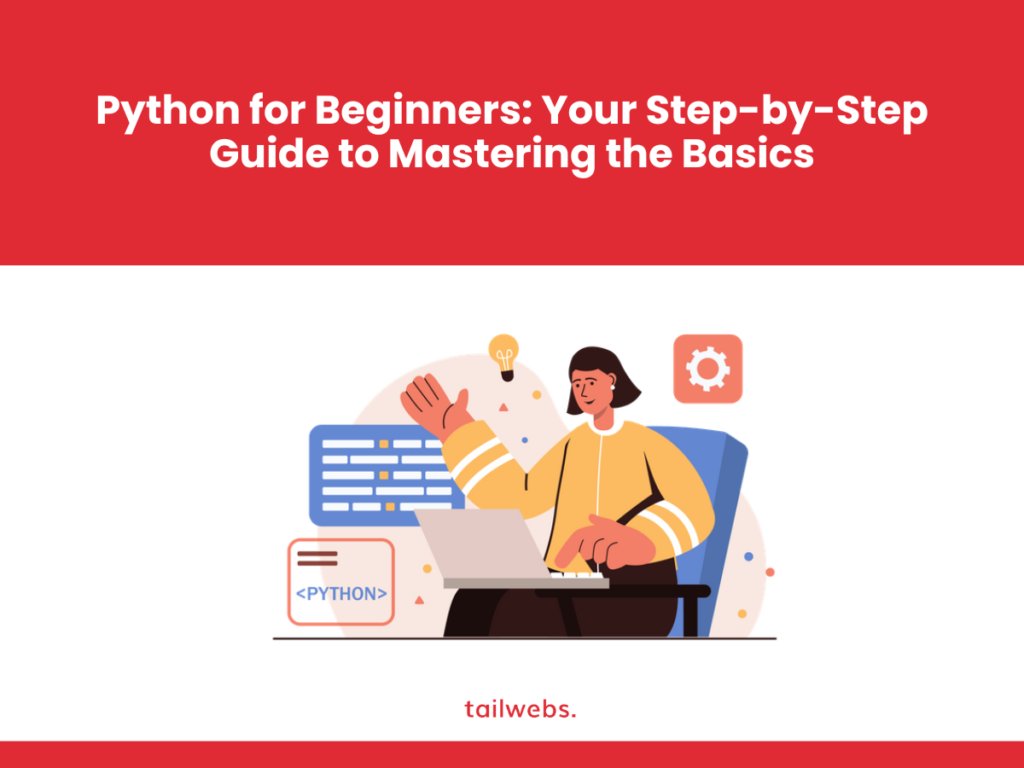In today’s fragmented digital landscape, customers journey through various touchpoints before making a purchase. They might research on their phone, compare prices online, and ultimately buy in-store. Omnichannel marketing acknowledges this reality, aiming to deliver a seamless and consistent experience across all channels, from social media to brick-and-mortar stores. This comprehensive guide will equip you with the knowledge and tools to master omnichannel marketing, enabling you to reach your audience wherever they are and build lasting relationships.
Unveiling the Multifaceted Symphony: Understanding Omnichannel Marketing
Imagine your marketing efforts as a symphony orchestra, with each channel playing a unique instrument contributing to the overall melody. In omnichannel marketing, the conductor ensures harmony and coherence, ensuring each instrument plays its part in creating a unified and impactful experience for the audience.
Stats Highlighting the Importance of Omnichannel Marketing:
- 72% of consumers expect consistent brand messaging across all channels. (PwC, 2023)
- Omnichannel marketing campaigns deliver 300% higher return on investment (ROI) compared to single-channel campaigns. (Aberdeen Group, 2023)
- Customers who engage with multiple channels are 3x more likely to convert than single-channel customers. (McKinsey & Company, 2023)
Composing Your Omnichannel Symphony: Essential Elements
Building an effective omnichannel strategy requires careful orchestration. Here are the key instruments in your toolkit:
1. Customer Journey Mapping:
- Visualize the journey your customers take across different channels.
- Identify key touchpoints, pain points, and opportunities for engagement.
- Use this map to guide your marketing efforts and ensure a seamless experience.
2. Consistent Branding:
- Maintain a unified brand voice, messaging, and visual identity across all channels.
- Ensure brand recognition and build trust across all touchpoints.
3. Data-Driven Insights:
- Collect and analyze data from different channels to understand customer behavior.
- Use insights to personalize communications, target specific segments, and measure campaign effectiveness.
4. Technology and Integration:
- Utilize marketing automation tools to streamline and personalize communication across channels.
- Integrate data from different sources to create a unified customer view.
5. Personalization and Engagement:
- Deliver personalized messages and offers based on customer preferences and behavior.
- Encourage two-way communication and build genuine relationships with your audience.

Beyond the Basic Notes: Crafting a Masterpiece of Customer Experience
Remember, mastering omnichannel marketing is an ongoing journey – consider these additional factors:
- Focus on customer experience (CX) across all channels.
- Embrace mobile-first marketing principles.
- Invest in content marketing to attract and engage your audience.
- Leverage social media effectively for building brand awareness and community.
- Measure and optimize your omnichannel strategy for continuous improvement.
Ultimately, omnichannel marketing empowers you to:
- Reach your audience wherever they are.
- Deliver personalized and engaging experiences.
- Increase brand loyalty and customer lifetime value.
- Boost ROI and achieve your marketing goals.

By adopting these principles and orchestrating your marketing efforts across all channels, you can transform your brand into a captivating symphony, resonating deeply with your audience and leaving a lasting impression in the competitive digital landscape.





